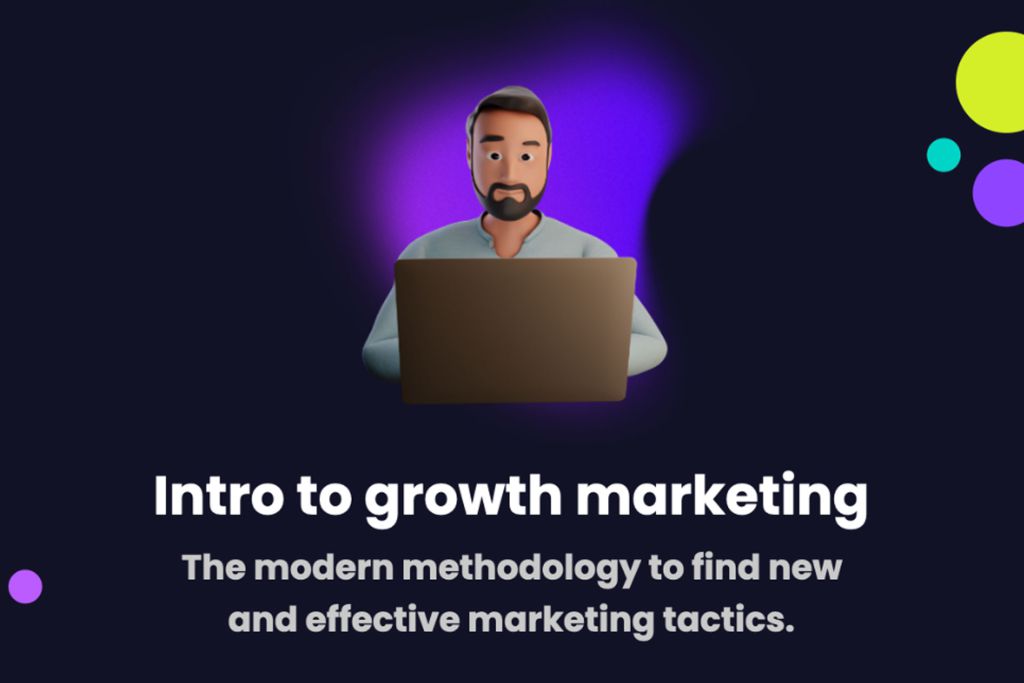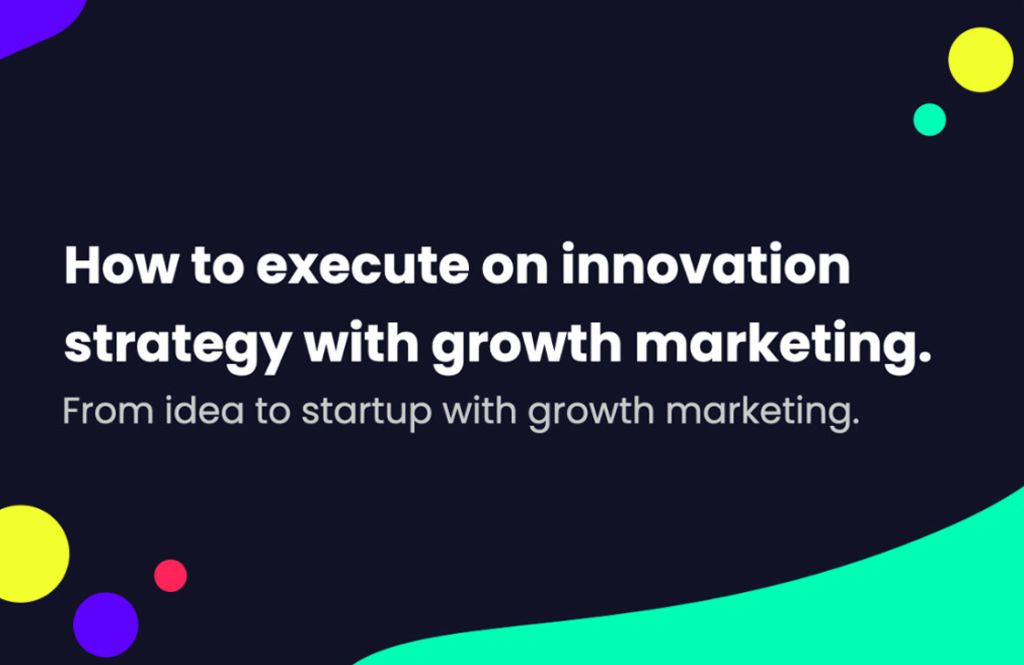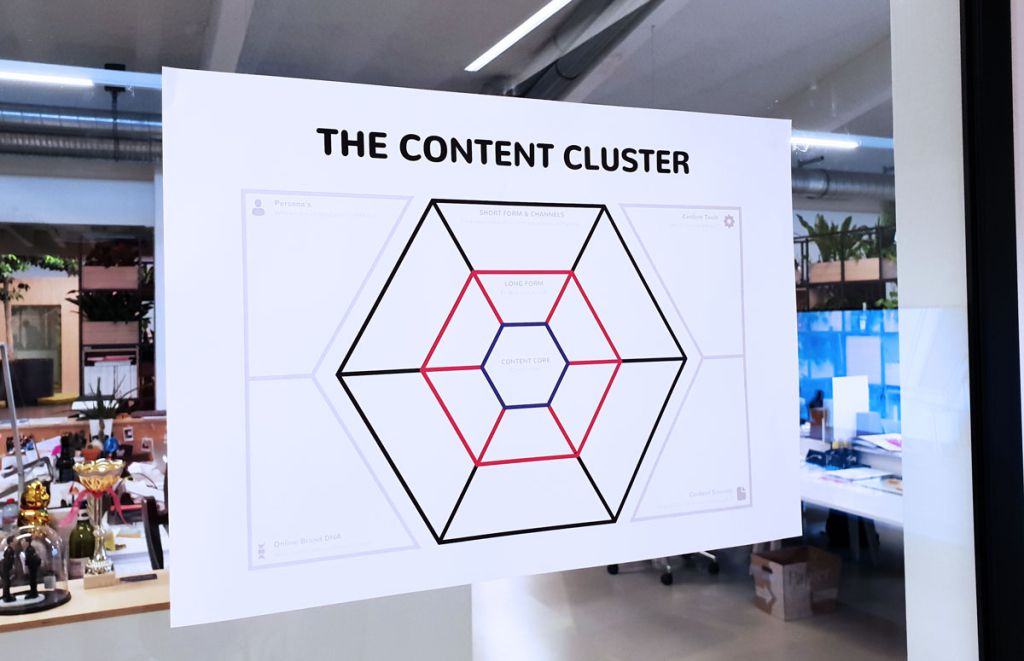Business model canvas: business intelligence tool
tool business canvas
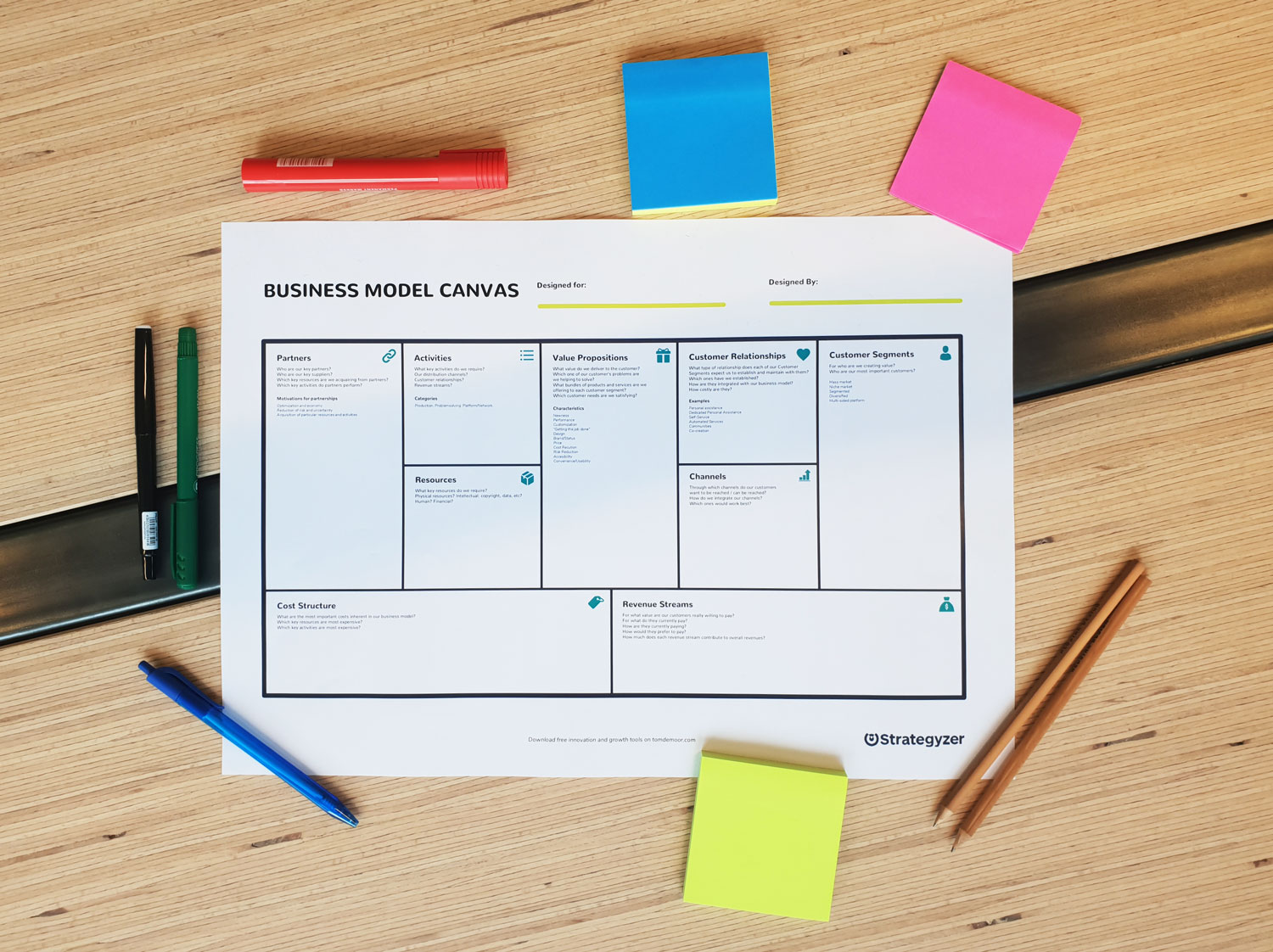
*Yes, no e-mail required
Exploring business models
Writing a 100 pager to explain your business model is in the past. In 9 blocks, you will be able to map your business from its key activities, customers, resources and revenue streams.
What you’ll need:
- A Pen, Post-its
- 1 or more printed Business Model Canvases.
- You can use the canvas alone or preferably in a group.
The canvas provides you with 9 key business elements to make sure you don’t miss any vital parts of your business. Filling out the canvas, you will constantly be aware of the big picture of your project. Keep in mind that the factors listed there can change over time.
Use the Business Model Canvas when you want to describe the business model of your business or pivot it. This canvas is more appropriate for existing businesses.
Customers & value propositions
I found the best place to start is by defining your customers and the value you will provide.
Your business is centered around your customers, the people who you believe will be motivated enough to try your new product/service in order to receive some sort of compelling benefit.
Channels & customer relationships
Now we have a clear picture of who we’re serving and how to bring them value.
We get to design three things: how we acquire them, how we keep them, and how we interact with them.
The Channels box is our chance to explain how we first encounter our customers, as well as how we deliver our Value Proposition. The Customer Relationships box outlines how our interactions will unfold.
Key resources, key activities, and key partners
All of the operational components that make the Value Propositions a reality and how the business works behind the scenes.
Key Resources are the people, places, machines, patents and intangible assets that are used every week. This is not a complete inventory, but a list of the resources that, if lost, would prevent the business from functioning.
Key Activities are the processes and tasks that must be completed in order for our customers to be served.
Key Partners are the people and organizations that take some of the responsibility off your shoulders.
Cost structure and revenue streams
The bottom line of the canvas represents the bottom line of your business: Money in, money out, hopefully, some money left over.
Cost Structures are the 7-8 biggest expenses. Revenue Streams are the prices each type of customer typically pays, as well as how frequently they come back.



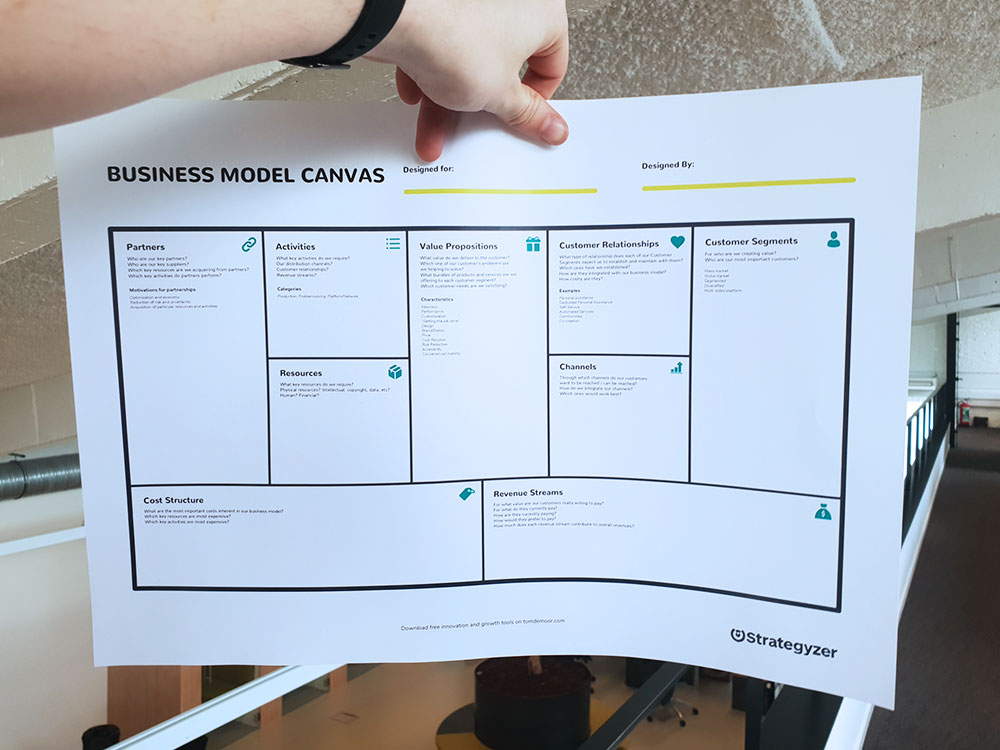


Linking the boxes
Tell the story of your business model canvas, as it will be easier for people to understand.
It will make a much richer appreciation of the model at the end. With your newly captured business model, dare to experiment and validate the business idea to waste less money in the long term.
Dare to dive into new versions. Good ideas survive competition, so it’s important that we don’t fall in love with the first idea. After your testing, you’ll start thinking up new adjustments that are worth exploring.

